Top speed 228 km/h Length 7.49 m | Wingspan 10 m First flight 1937 Number of seats 2 | |
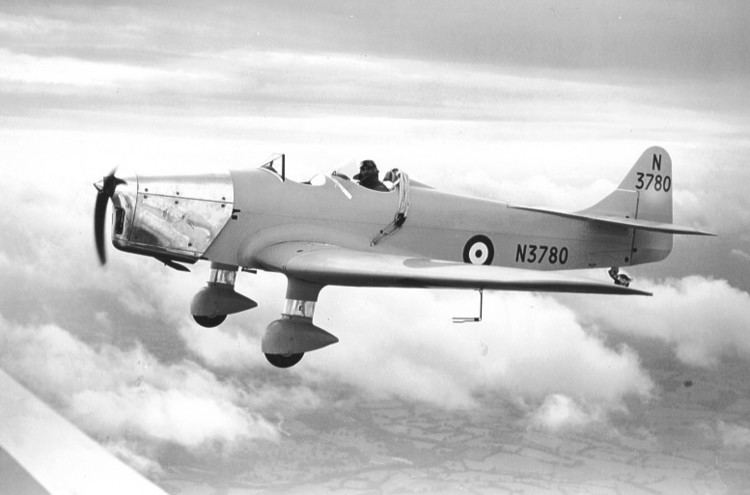 | ||
Giant 1 2 scale rc bristol bulldog miles magister m 14 lma raf elvington aircraft show 2016
The Miles M.14 Magister is a British two-seat monoplane basic trainer aircraft built by the Miles Aircraft for the Royal Air Force and Fleet Air Arm. Affectionately known as the Maggie, the Magister was based on Miles' civilian Hawk Major and Hawk Trainer and was the first monoplane designed specifically as a trainer for the RAF. As a low-wing monoplane, it was an ideal introduction to the Spitfire and Hurricane for new pilots. Its sister design, the Miles Master was an advanced trainer also built by Phillips & Powis at Woodley.
Contents
- Giant 1 2 scale rc bristol bulldog miles magister m 14 lma raf elvington aircraft show 2016
- Design and development
- Operational history
- Variants
- Operators
- Specifications Miles M14A
- References
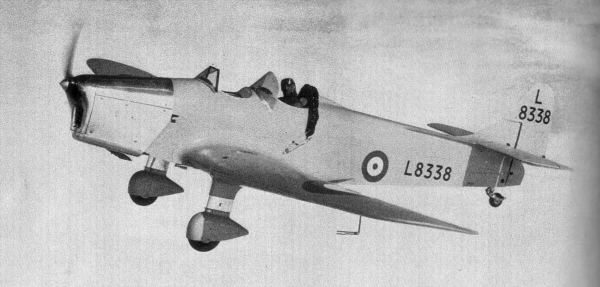
Design and development
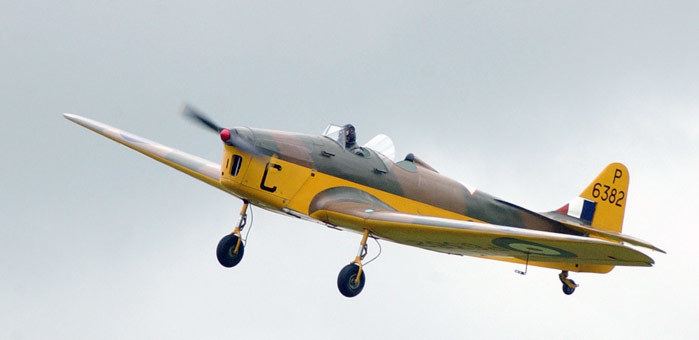
The Miles M.14 was designed to meet Air Ministry Specification T.40/36 and was first flown on 20 March 1937 by F.G. Miles and then christened 'Magister'. Based on Miles' Hawk Trainer, the Magister is an open-cockpit, low wing cantilever monoplane of spruce structure covered in plywood. The wing centre section has no dihedral and is of constant section with outer sections having dihedral and tapering towards the tip. It has a fixed tailwheel undercarriage with spats on the main wheels. Split flaps are fitted as standard. Early Magisters (including the first prototype) suffered a number of accidents when the aircraft could not be recovered from a spin. To solve this problem, the tailplane was raised by 6 inches (15 cm), anti-spin strakes fitted to the rear fuselage, and eventually, a new taller rudder. Thus modified, the aircraft became the definitive M.14A.

Notwithstanding the relatively large number built, contemporary glues used to assemble the wooden aircraft have not stood the test of time and few survive today.
Operational history
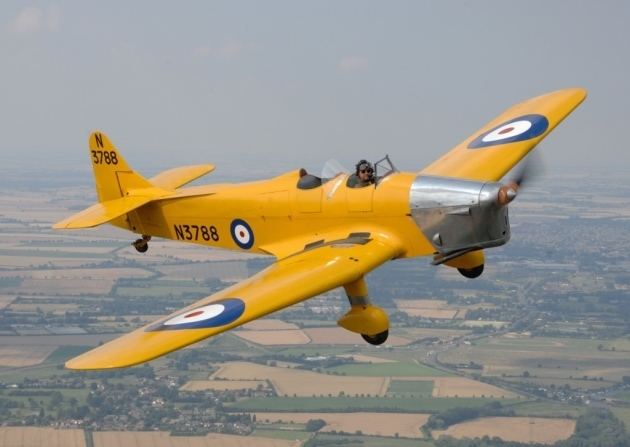
Production began in October 1937 and by the start of the Second World War over 700 Magisters had entered service with RAF Elementary Flying Training Schools, eventually equipping 16 such schools as well as the Central Flying School. Large numbers of civilian Hawk Majors were also pressed into service as trainers. Production of the Magister continued until 1941 by which time 1,203 had been built by Miles and an additional 100 were built under licence in Turkey. In June 1940, as part of British anti-invasion preparations, about 15 Magisters were fitted with bomb racks for eight 25 pound bombs, with the intention of using them as light bombers in the event of an invasion; a scheme called Operation Banquet which was never put into effect.
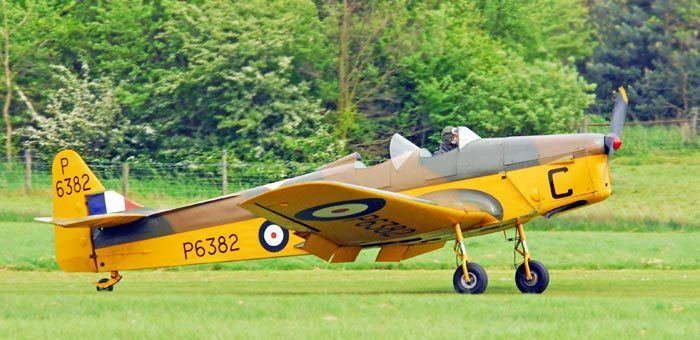
After the war many Magisters were converted for civilian uses and redesignated as the Hawk Trainer III. The 1950 Kings Cup Air Race, in which eight Hawk Trainer IIIs competed, was won by E. Day in a modified cabin version G-AKRV at 138.5 mph. At least two other aircraft were thus modified.
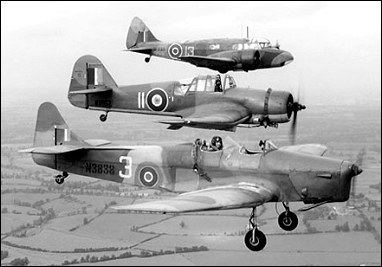
Many Magisters were exported postwar to overseas private pilot owners and flying clubs. Countries purchasing the type included Argentina, Australia, Belgium, Denmark, Egypt, France, Iceland, Ireland, Italy, Kenya, Lebanon, Morocco, New Zealand, Portugal, South Africa, Thailand and Tunisia.
In 2009, ten Hawk Trainer IIIs were registered in the United Kingdom, of which several were airworthy.
Several ex-service Magisters are preserved and on display - including an ex-RAF example at the Imperial War Museum in the UK, and an ex-Irish Air Corps example at the National Museum of Ireland in Dublin.
Variants
Operators
Specifications (Miles M.14A)
Data from RAF Piston Trainers No 7: Miles M.14 Magister
General characteristics
Performance
